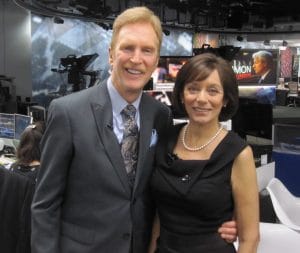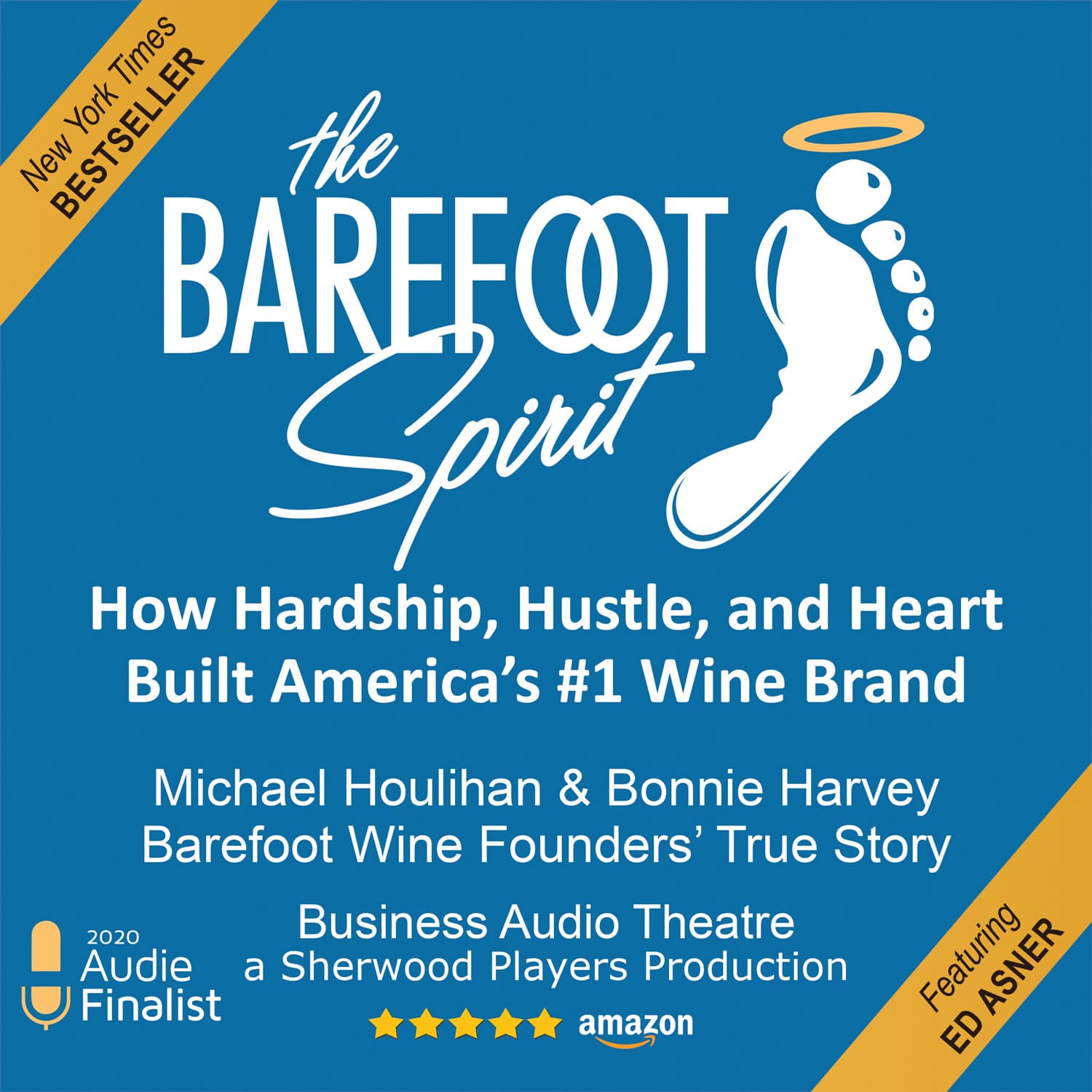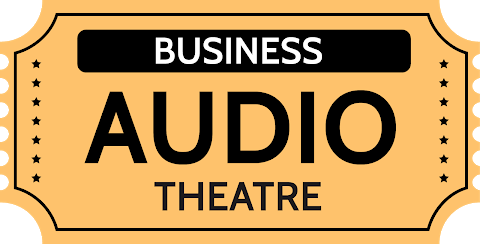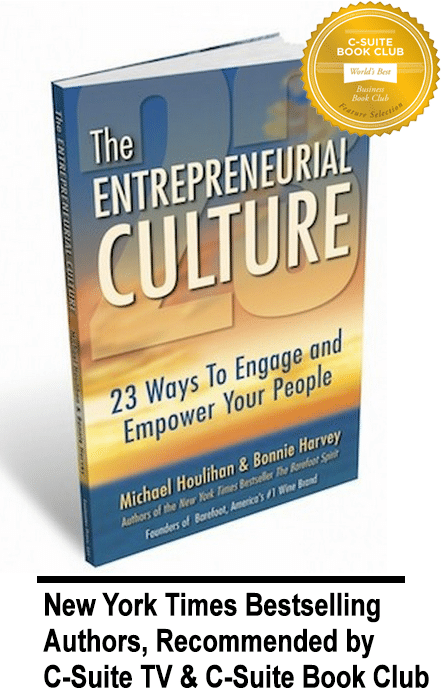You may have a great product at a great price, and people may really want it, but that doesn’t mean you can get it to them. If your product is sold in retail stores, like most consumer goods, it probably has to go through conventional distribution channels. In order to get to the end-user, you must customize your pitch to everyone along the way. You must make all of the seven sales. They are:
- Your Own Staff. Both your sales and office staff have to be proud to represent your product. They also need to know what it takes to keep the quality up, the cost down, and the pipeline filled. Help them understand how their compensation ties directly to customer service and profitability, and show them how they fit in and how their skills contribute to the company’s success. We communicated this effectively using a detailed money flow chart that started with the end-user and ended with their paycheck.
- Your Distributor or Jobber’s Ownership. Make sure they realize there are a variety of reasons they want to carry your product, and that they may differ from market to market. Remind them that beyond profitability, your product may fill a void in their book of product offerings, or that it may be something they want to keep away from their competition. Let them know that buying your product could increase their business with an important retailer in their territory.
- Your Distributors’ Sales Managers. Help them understand they may want it because it’s easy to sell, or because you will support it with program dollars. If you have a representative in their territory, remind them it will help their sales staff meet their numbers.
- Your Distributors’ Sales Persons. Make sure they know you will help sell it for them into new accounts in their territory, and remind them when there is a bonus in it for them. If your product moves quickly, let them know their retailers will appreciate them for introducing it and keeping it in stock. Sales people are motivated by anything that makes their jobs easier and puts more money in their pockets.
- Your Distributors’ Retail Buyers. They will be more eager to buy your product when you tell them you will support it with effective point-of-sale marketing signs. If it got a great write-up or review somewhere, make sure to get it to them. Your product may be attractive because it’s value-priced in a smaller category. Let them know your company rep may come to their store, do demonstrations, and help sell it for them. Make sure they know you will refer customers to them.
- The Retail Buyers’ Managers or Clerks. This is where the rubber meets the road. They talk directly to the end-users daily. They can recommend your product. They will “buy” it if you give them personal attention and recognize their value to your success. Your appreciation may be why they keep it in stock and on the shelf on a regular basis.
- And finally, if you’re diligent enough to get this far, the General Public. They will buy your product first because it’s in stock and on the shelf. Value, price, packaging, and dependability are the qualities they look for. Good shelf position will catch their eye, as well as informative and compelling third-party endorsements. They will buy your product if they like what your brand stands for. This is how you build brand loyalty.
Everyone in the channel buys for a different reason. Understand and address each reason. Your success depends on mastering all of the seven sales.
Who We Are

Michael Houlihan and Bonnie Harvey co-authored the New York Times bestselling business book, The Barefoot Spirit: How Hardship, Hustle, and Heart Built America’s #1 Wine Brand. The book has been selected as recommended reading in the CEO Library for CEO Forum, the C-Suite Book Club, and numerous university classes on business and entrepreneurship. It chronicles their humble beginnings from the laundry room of a rented Sonoma County farmhouse to the board room of E&J Gallo, who ultimately acquired their brand and engaged them as brand consultants. Barefoot is now the world’s largest wine brand.
Beginning with virtually no money and no wine industry experience, they employed innovative ideas to overcome obstacles, create new markets and forge strategic alliances. They pioneered Worthy Cause Marketing and performance-based compensation. They built an internationally bestselling brand and received their industry’s “Hot Brand” award for several consecutive years.
They offer their Guiding Principles for Success (GPS) to help entrepreneurs become successful. Their book, The Entrepreneurial Culture: 23 Ways To Engage and Empower Your People, helps corporations maximize the value of their human resources.
Currently they travel the world leading workshops, trainings, & keynoting at business schools, corporations, conferences. They are regular media guests and contributors to international publications and professional journals. They are C-Suite Network Advisors & Contributing Editors. Visit their popular brand building site at www.consumerbrandbuilders.com.
To make inquiries for keynote speaking, trainings or consulting, please contact sales@thebarefootspirit.com.








